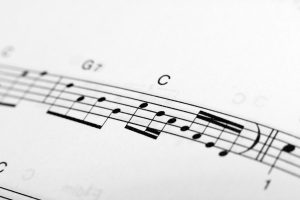The other evening, I -- along with 1,999 others -- crowded the concert hall at the Kennedy Center to hear the internationally renowned pianist, Evgeny Kissin, perform.

Some members of the audience were drawn by the opportunity to see Kissin in person. Others were drawn by the program, which featured a number of works not usually part of his repertoire: sonatas and rhapsodies by Alexander Abramovich Krein, Mikhail Milner and Alexander Moiseveich Veprik, Russian Jewish composers of the interwar years whose compositions are known only to the cognoscenti. And still others came out that chilly wintry night warmed by the prospect of seeing and hearing one of the world’s leading musicians not play, but speak -- and in Yiddish, no less.
Whatever their varied motivations, everyone in the hall was mindful that the evening’s performance was an occasion or, as one of my fellow seatmates put it succinctly, a “moment.” After all, it’s not often that Chopin gives way to Milner.
The opportunity to hear a musician’s voice is rarer still. Most of the time we get to hear them say a few words when announcing the name of the encore they’re just about to play, but then, typically, the sound of their voice is drowned out by rumbles of appreciation from the audience. As for a soloist of any caliber, let alone one of Kissin’s stature, to get up from the piano, stand all alone and unencumbered, at center stage, and recite the poetry of Bialik, Peretz and Glatstein, what can I say? You had to be there!
Applying his textured, powerful and colorful pianism to Yiddish, Kissin made the language dance. He animated its words, sending them forth into the vast reaches of the auditorium. Even if you didn’t know Yiddish, or had only a passing and highly sentimentalized understanding of it, you couldn’t help be moved by the ways in which Kissin brought out its tensile strength, drollery and clear-eyed view of the human condition.
A celebration of sound as well as an homage to Jewish culture, the concert was produced by the Kennedy Center and Pro Musica Hebraica in yet another of its smartly and imaginatively conceived programs. It reminds us that music is as likely to be found in the cadences of Yiddish as in those of the classical tradition.


